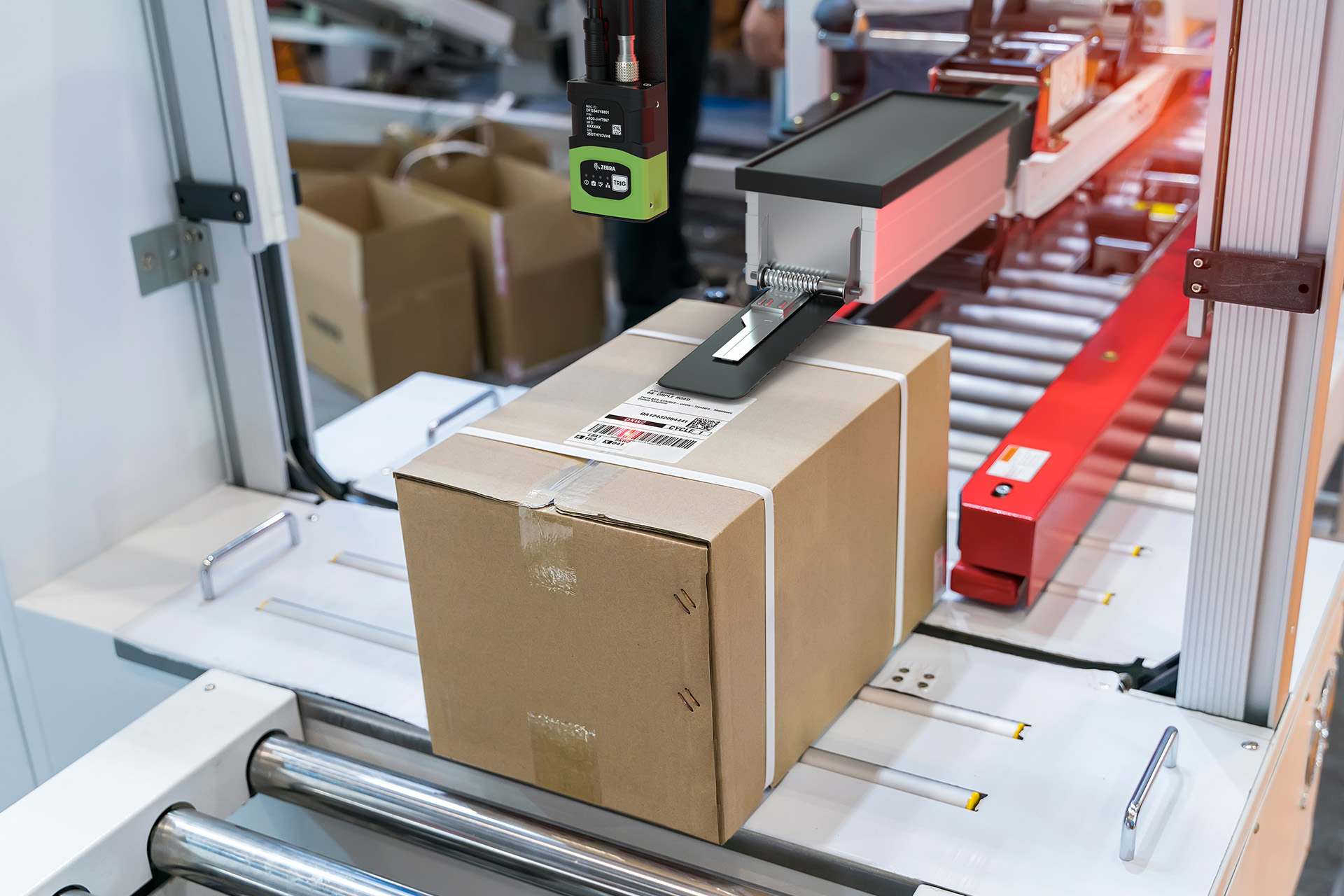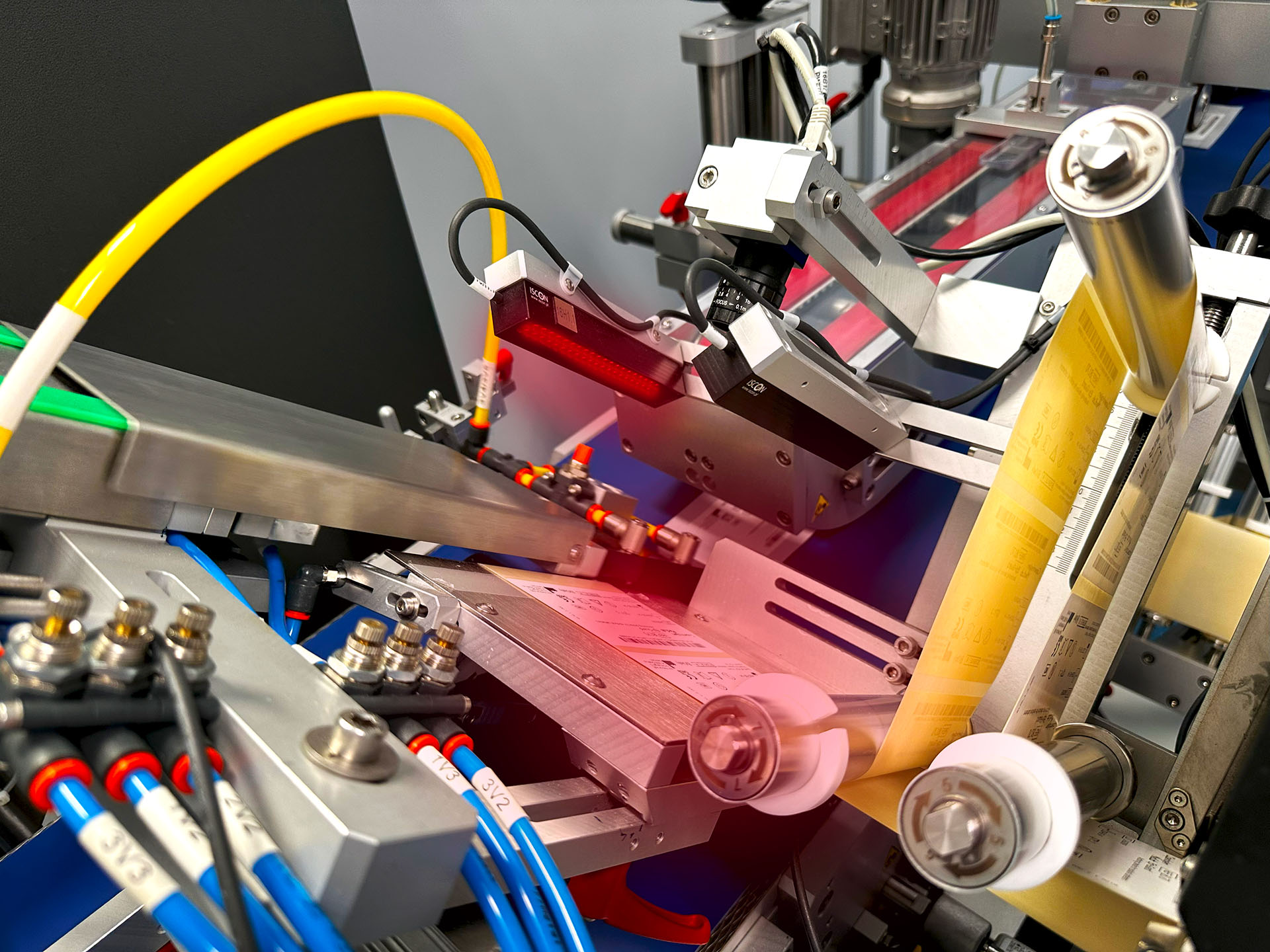Key information:
Before we talk about how to effectively and quickly carry out such an implementation, it is worth recalling what a WMS is, why it is worth using it and what technologies are “sewn” inside it.

A portion of knowledge about WMS systems
WMS system (Warehouse Management System) is a computerized warehouse management system. The essence of this solution is the computerization of every element of the warehouse’s work: from the receipt of goods, through their storage, to their release to the customer.
The WMS system works based on barcode technology. They are the identifying elements for each countable unit of goods in the warehouse. An individual number allows each product to be tracked and located. Barcodes are used when goods are received, when a so-called “registration number” is generated.
The next stage is its storage of goods (confirmation of the storage of goods in the appropriate racking location, provided with racking markings expressed in barcode). The third stage is the release of goods, where the system supports the picking of goods and their preparation for shipment by generating appropriate courier labels.
The use of barcodes in a WMS requires not only the proper configuration of the system itself, but also the use of automatic identification devices to facilitate the printing and reading of barcodes(label printers, code readers, data collectors).
The effect of implementing a warehouse management system is significant increases in warehouse productivity (up to 30% – 40% over the original situation) and almost complete elimination of mistakes.
How to implement a WMS - HKK implementation methodology
The implementation of a WMS should follow a well-defined pattern called an implementation methodology. This way of organizing the implementation work will significantly shorten its duration and ensure that the pre-implementation results are achieved.
The implementation methodology we use in our company is called ATOM, and it follows the guidelines of the PRINCE 2 methodology used in professional IT project management. What is ATOM and why is it so effective? You will find the answer below.
The name ATOM is an expansion of the four thematic areas of the WMS implementation methodology.

Assess-Analysis
In consultation with the client, we study the current state of warehouse logistics and analyzethe desired state to come after the changes. The next element is to translate the “to be” state projection into WMS functionalities and create a functional mock-up (proof of concept) supported by a formal analysis document, which is a description of the WMS to be implemented at the client’s site.
Transform
The transformation stage is nothing more than filling the functional mockup with content. It is during this phase that the work of linking the WMS interface with external systems (ERP, courier systems, TMS) takes place. Tasks carried out during this stage, require specific decisions from the area of the definition of the so-called product master date, the topography of the warehouse, as well as the application of logistics automation elements.
Ownership
The ownership stage is the transfer of the system to its owner. It is within this stage that training and system commissioning take place.
Measure
The measurement stage is the final component of the implementation, which is conducted at a fixed date after its completion. At this stage, the effects of implementation are analyzed and the validity of pre-implementation assumptions is checked. If necessary, some minor changes may be made to the system configuration.
How long does it take to implement a system using the ATOM methodology?
By using the implementation methodology described above, and being able to apply the best industry standards, we are assured that implementing a WMS can be a process that will take about three months. We are, of course, talking about standard situations. For more demanding implementations, especially where multiple interfaces are required, this time may be longer.
In summary – implementing a WMS does not have to be an expensive and lengthy process.






